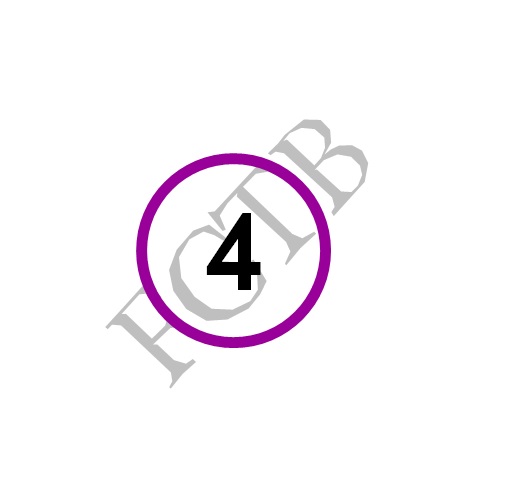FCTB: Supplementary Text
 You’re almost ready to produce your book. You’ve got the killer title and tagline as well as a gripping book description that will draw readers into buying your book. Why would you want additional text? What additional text could you ever want to have?
You’re almost ready to produce your book. You’ve got the killer title and tagline as well as a gripping book description that will draw readers into buying your book. Why would you want additional text? What additional text could you ever want to have?
Additional text can provide the extra zing that will convince the reader that your book is worth the purchase, be it at a hard copy price or as an e-book. In other words, it can help to seal the deal to for a reader.
You should consider three types of additional text.
- A biography.
- A supplementary tagline.
- Reviews and endorsements.
Below, I go into each and how to prepare them.
- A biography. Also known as a bio, this information gives the reader some insight into who you are. You may want to include this on the back of your cover or at least at the back of your book. The key to this is to not write your entire life story. Keep it short and sweet, like to a maximum of fifty or so words if you plan on it being on the back cover. Hit only the highlights. This takes some writing and revision, but spend time on it to get it right. The nice thing is that once you have it written, you can use it over and over again. Also, consider having a picture to go along with it. I suggest, if you’re going to put it on the back of the book, to use a headshot taken by someone who has some good photographic skill. Please, don’t use a selfie. Rather, be as professional as possible.
- Supplementary tagline. The supplementary tagline provides an additional way to catch the reader’s attention. This tagline is similar to the original tagline but placed on the back of the book, maybe above the project description. The cover designer can use a different font that will help catch the reader’s eye. Prepare that as you would the tagline. See my FCTB 3 post on how to prepare a tagline.
- Reviews and endorsements. Though not completely necessary, reviews and endorsements are great if you can get them. Those can go in place of a supplementary tagline. My only advice here, since I’m still so new so as not to have been reviewed by someone well known, is to seek out reviews from people who are either in jobs related to writing or are well known. For example, you may have want to seek a review from someone who does reviews for a living. Or, you might know someone in the field in which you’re writing who can give you an endorsement. For example, if you’ve written a mystery, having a detective give you a glowing endorsement would be worth putting on the cover. If you’re new to writing, beware of the risk of asking for reviews, especially from those who do so for a living. It might be a positive one. If so, use it. If it’s negative, take the review and set it aside. You can possibly learn from it. Also, reviews have to be read with a thick skin. If you receive a negative one, I can only urge you not to let it dictate the rest of your writing life. Remember that reading is subjective, and what one person may not like, another will love.
There you have it, a quick guide to supplementary text. Use it to finish spicing up your cover and your book in general.
Next up: The interior of the book.
This post does not mention any products. Therefore, I am not receiving any compensation for writing this post. I am disclosing this in accordance with the Federal Trade Commission’s 16 CFR Part 255: Guides Concerning the Use of Endorsements and Testimonials in Advertising.”




No Comments